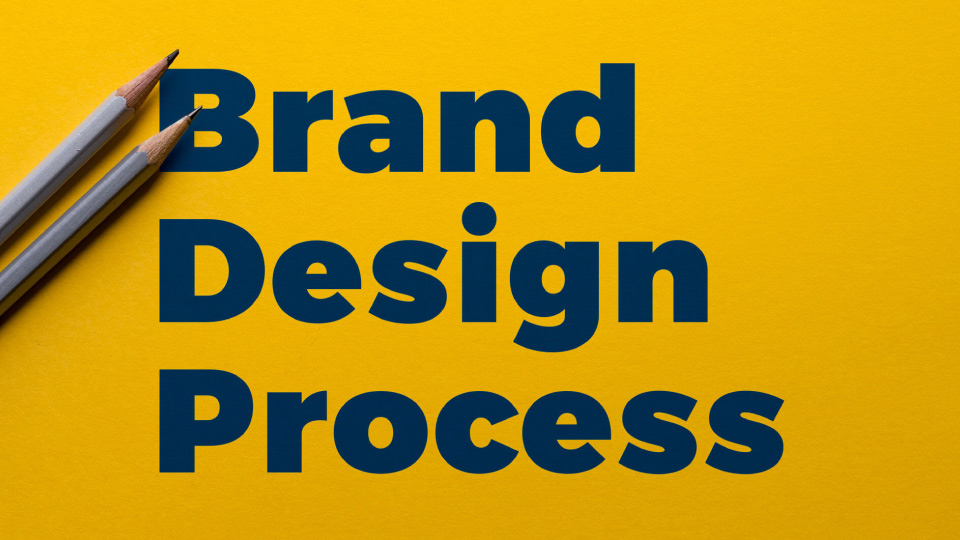
Brand Identity Design: Steps to Achieving a Winning Brand
Competition in today’s business landscape is tough. To have any impact in a complex and crowded marketplace, a company must be distinct, unique and recognisable. Behind every successful company lies a great brand and brand identity.
Many companies believe that marketing specialists are the only authorities in branding. It is true that marketing plays a crucial role in broadcasting a brand effectively and measuring the results. But before even considering a marketing strategy, first we must breathe life into the brand.
The branding process is a series of well-defined activities designed to develop a value system and communication framework for a business, resulting in a coherent brand identity.
Let’s take a look at the branding process we use at Brand Mechanics, and what steps we use to get results in achieving a relevant and effective brand.

First Steps
Building your team
Developing your brand identity is a process that requires the right people. Your internal team should consist of hand-picked stakeholders who you trust to contribute honest and informed perspective throughout the process. They should be qualified enough to understand high level concepts and give objective feedback.
The same participants should be in every meeting throughout the branding process. Adding new participants further down the line can effect the group alignment which could “muddy the waters”.
Define your approach
Your team has been selected, now it’s time to specify the rules of engagement. The rules will allow you to get the most out of the process and keep things moving efficiently.
Some rules could include:
- Everyone should participate
- All ideas should be heard
- Enjoy the process
The Brand Discovery Session (or Sessions)
Carry out some preliminary research into your market
Gather as much researched information about your competitors, local and globally. Browse the web for industry trends. Have financial reports available for reference.
The more knowledge you have about your market and business, the more productive the branding process will be.
Ask open ended questions
The right questions can lead to profound insights that can better clarify your company goals. The questions should be open ended, leading to discussions that dig beneath the surface of “knee-jerk” answers. A good tip would be to ask “why?” and unpack your answers to develop new levels of understanding and clarity.
For guidance on which questions to ask, feel free to see our brand discovery post.
Create customer personas
Customer personas are crucial tools in making brand oriented decisions. They are used in the branding process to develop the brand identity and brand messaging. They can also be used in the creation of advertising campaigns and in developing your customer service approach.
The Design Process
Brand identity design is a two way process between the company’s internal team and the brand/design agency. The two parties both play an integral role in producing a winning concept, design, messaging and every other brand asset.
Concept and design research
As much as we love to sniff at and criticise them, trends cannot be avoided. They are not enforced by some arbitrary force. They exist out of a conscious, collective pursuit of meaningful novelty. Trends are born from the needs and desires of people including you and I. They are agreed upon in unwritten social contracts within groups and cultures.
Thus, we need to stay informed about which trends are impacting various aspects of our markets and industries. A brand that understands and adapts to trends while sustaining it’s unique personality is an impactful brand. This is why research is so important. No man is an island. No brand is an island. Do the research.
Stylescapes
The next step is figuring out how to make sense of all this research. We’ve created Pinterest boards, bookmarked websites and read several insightful articles but how do we organise all of these scattered pieces? The answer? Stylescapes.
Stylescapes are rough visual compositions, much like mood-boards but far more organised and purposefully designed. They’re a glimpse into the possibilities of how your brand could look. We usually create three stylescapes with three different creative tangible directions to compare against each-other. We then refine and distill these into a final stylescape which will be used as a guide in creating brand assets, websites, collateral and other materials.
Creating the logo
The next step is creating the logo. This process must always begin with a concept. Again, research will help as a guide to understand trends in logo design within your industry. We start with sketches, pages and pages of sketches. This allows you to keep track of your ideas and again compare and refine until you have a few near perfect options. These can be imported digitally, perfected and finalised using precise software tools.
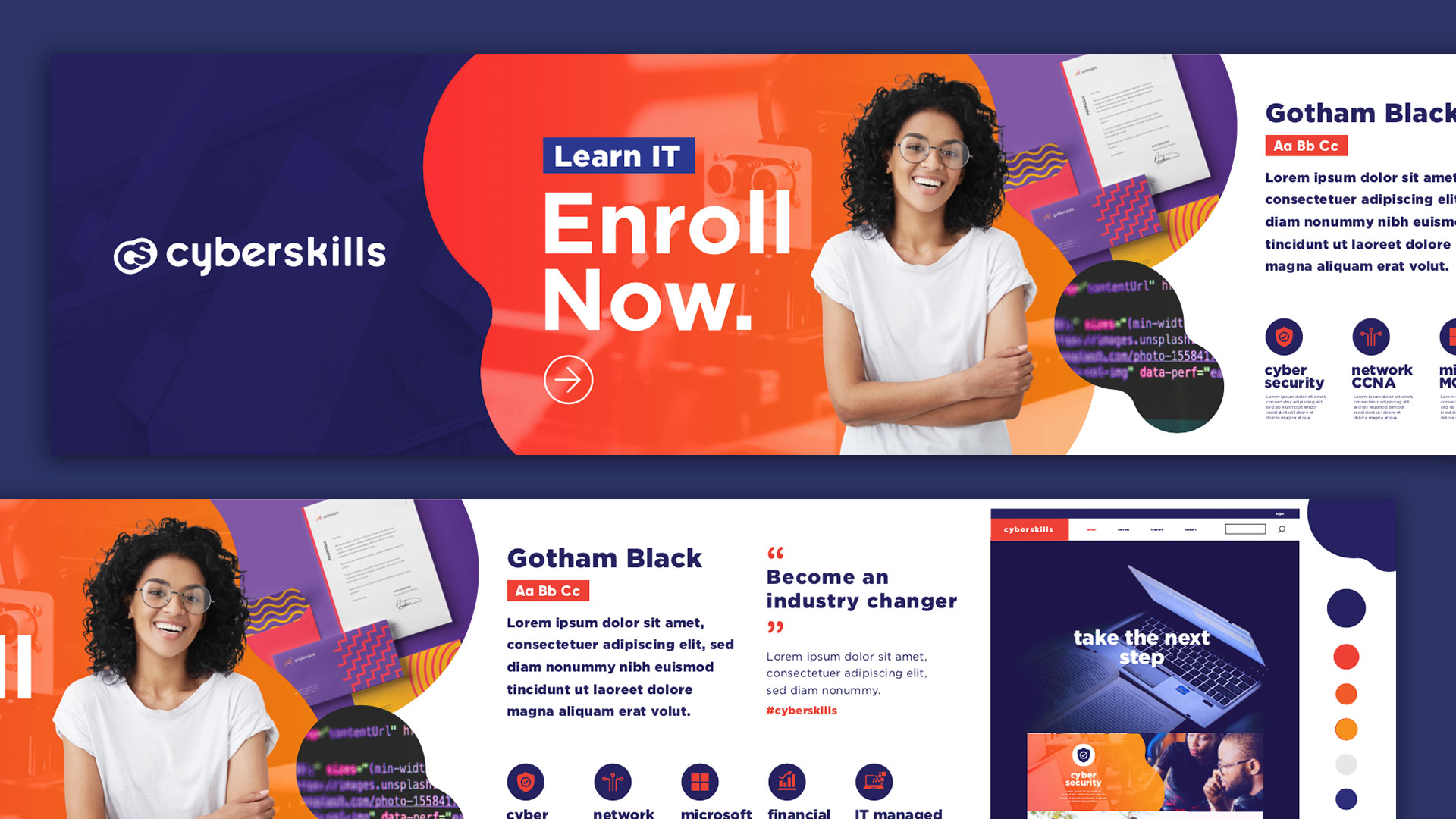
Example of a stylescape created for Cyberskills’ brand identity.
Creation and hand over of brand assets
We now have all the ingredients to create brand assets. This includes logo formats, stationery, graphical devices and elements, fonts and a brand book. A comprehensive guide to use in replicating the brand consistently using well defined rules and parameters.
Stay true to the process and always revisit it
The result of this process will serve to guide you in every marketing decision you make. It will help to improve the relationship between your brand and customer. By applying your insights, you will also gain new perspectives to strengthen company culture and employee engagement.


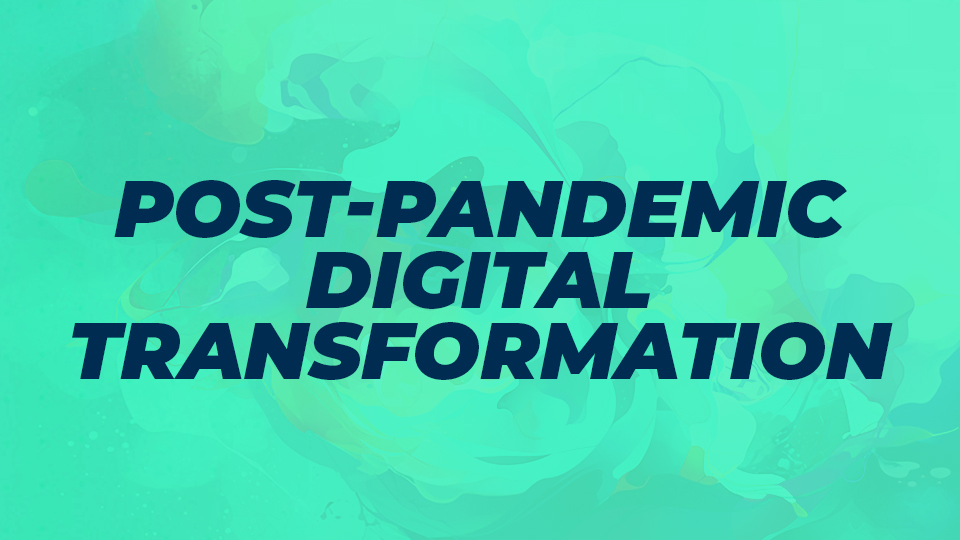
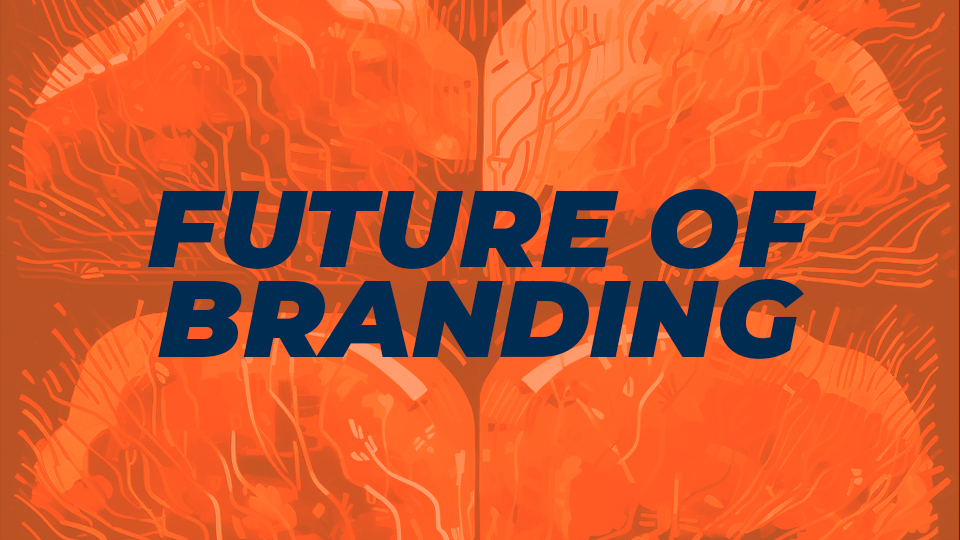
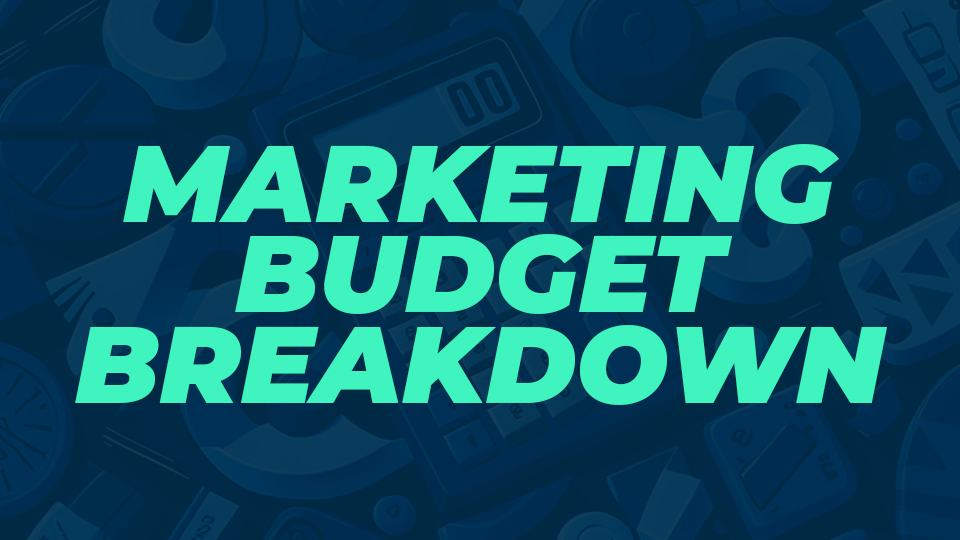
graliontorile
I like this post, enjoyed this one thankyou for putting up.